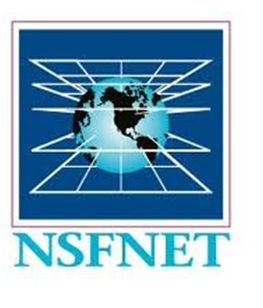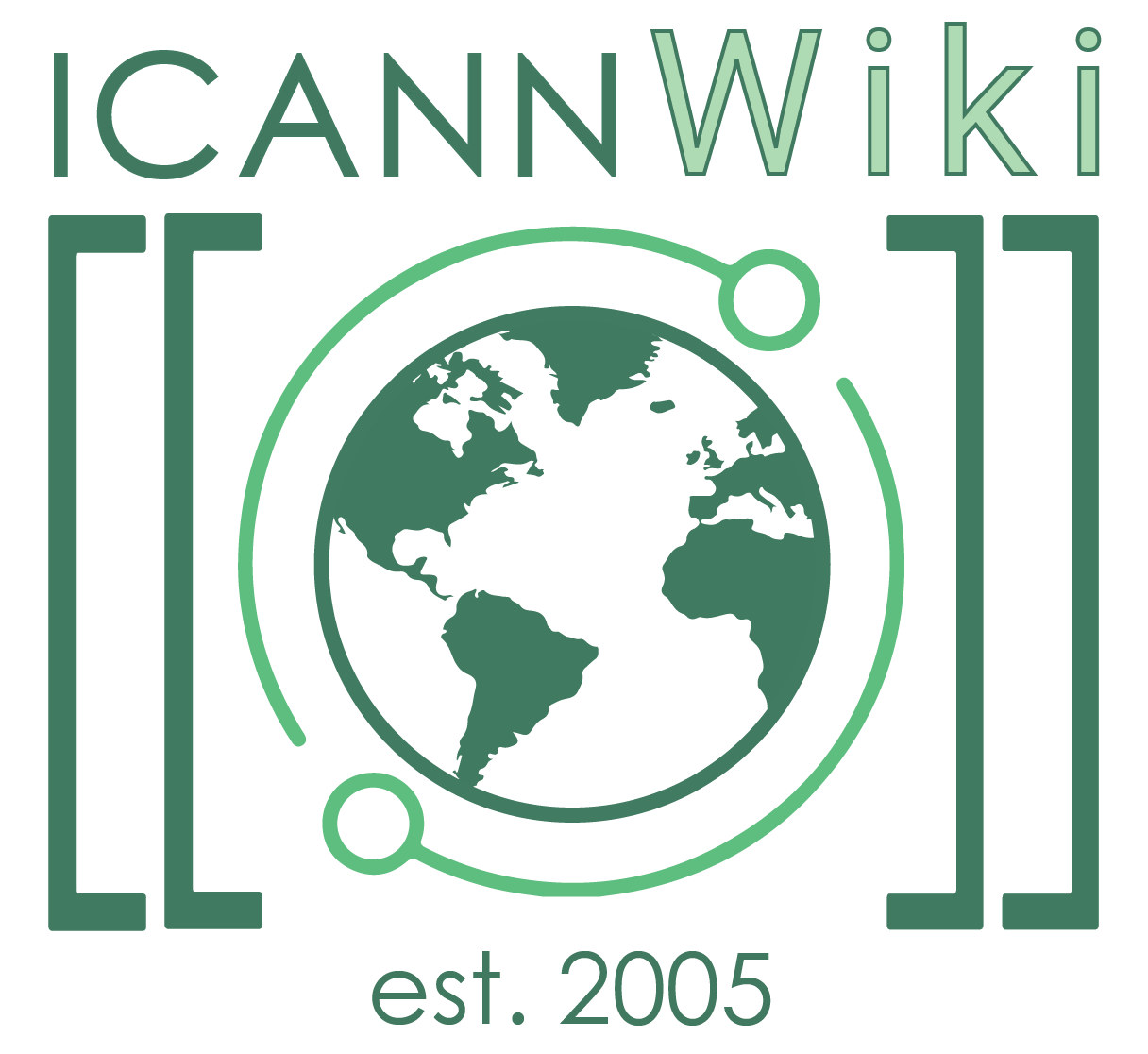National Science Foundation Network
| Organization | |
|---|---|

| |
| Type | Research institute |
| Focus | Internet |
| Region | NA |
| Country |
|
| Founded | 1985 |
| Founders | National Science Foundation |
| Websites | |
The National Science Foundation Network (NSFNET) was a program created and funded by the National Science Foundation to coordinate and promote advanced research and education in networking in the United States. NSFNET served as a hub providing access to the five university based super computer centers created by NSF.[1] The five supercomputing centers connected to NSFNET include:
- John von Neumann Computing Center at Princeton University
- San Diego Supercomputer Center (SDSC) at the University of California, San Diego (UCSD)
- National Center for Supercomputing Applications (NCSA) at the University of Illinois at Urbana-Champaign
- Cornell Theory Center at Cornell University
- Pittsburgh Supercomputing Center (PSC), joint projects operated by Carnegie Mellon University, University of Pittsburgh and Westinghouse.
NSFNET was founded in 1985 with significant effort by Dennis Jennings, who was responsible for leading the development of NSFNET in linking university based super computer networks to be able to share information and resources with each other. Jennings built NSFNET as a general purpose research network wherein the connection is not limited to the super computer centers, it was to serve as a backbone connection for regional networks at every super computing site and use ARPANET's TCP/IP protocol. A team from the National Center for Superomputing Applications (NCSA) and Cornell University built the initial backbone of NSFNET with 56 kbit/s lines. Dave Mills from the University of Delaware and Hans-Werner Braun of Merit Networks Inc. also assisted in building the backbone.[2]
In 1986, the super computer centers were officially connected and it became open to all academic networks. NSF decided to upgrade the NSFNET with private sector participation because of the rapid growth of Internet users. In 1987, a Project Solicitation for Management and Operation of the NSFNET Backbone Network was released by NSF. IBM, MCI and Merit Networks Inc. won the contract.[3] NSFNET was upgraded to 1.5 Mbit/s and recorded a traffic growth rate of 20% per month. By 1992, NSFNET transferred 12 billions packets of traffic per month, by December of the same year NSFNET was upgraded to T3. It had a capacity of 44.736 Mbit/s. By 1994, NSFNET recorded a monthly traffic level of 10 trillion bytes.[4]
The NSF decided to transfer the operations of NSFNET to the private sector in the midst of the rapid growth of the network. Four Network Access Points (NAPs) were developed for commercial backbones with 155 Mbit/s which were operated by Sprint, MFS, Ameritech and Pacific Bell (now AT&T). NSFNET was officially dissolved on October 30, 1995, however, a very high performance Backbone Network Service (vBNS) was already in place for the use by selected researchers.[5]
References[edit | edit source]
ICANNWiki resources: Special Pages | Content Guide | Documentation | Development || Maintenance: Articles needing attention | Candidates for deletion || Projects: Internet & Digital Governance Library
